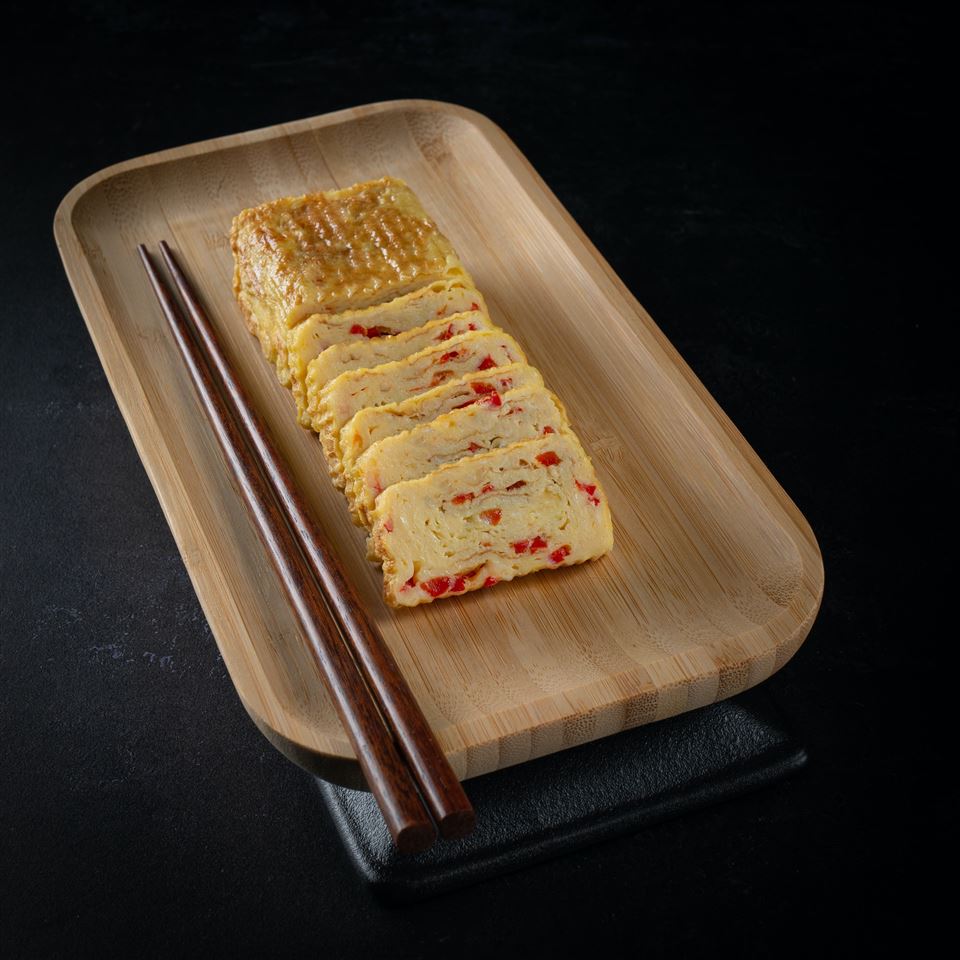
Omelets are so convenient. Gather some leftover ingredients, throw them together with a few eggs - and hey presto! A meal ready to serve. That very convenience and simplicity makes it hard to pin down their exact origins. Yet, it’s certainly possible to go over some of their history. In fact, the earliest record of the omelet appears to be an ancient version of the Iranian dish Kookoo Sabzi.
Where did the name omelet come from?
Before we start with the ancient origins let’s deal with the name. While this article uses the word “omelet,” there is another, older, variation: “omelette.” This variation is more common in Europe and originated in France. It’s likely that omelette was derived from “alemette”, itself in turn coming from the Latin “lamella” (meaning thin plate).

The humble omelet reached stardom in Europe and in Western culture thanks to Napoleon Bonaparte. Legend has it that Bonaparte tried it for the first time after an innkeeper made it for him when he was resting his army in a small town in Southern France. He enjoyed the dish so much that he ordered it made for the whole army.
The First Omelet
Kookoo Sabzi is a traditional Persian omelet. It’s hard to work out when this dish first appeared, but it seems to be the first known omelet.
If you want to make a modern version of it, try this:
- Frying a mixture of green herbs (such as cilantro, parsley, basil)
- Adding some garlic or onion
- Then adding egg batter
- The traditional dish is a round, green disc
Kookoo Sabzi is typically served on the Persian New Year.
Other Ancient Omelets

Roman Omelets
At some point, either the Kookoo Sabzi became more widely known and other cultures adopted it or invented their own version of the omelet! You can find the first written omelet recipe in a Roman cookbook dating back to 400 AD.
If you want to try it, the recipe is:
- Four eggs
- A half-pint of milk
- An ounce of oil
- Beat into a fluffy mixture
- Cook in a pan without letting it boil
- Turn it over once one side is done
To serve: Fold it and then add honey and pepper to taste.
Tamagoyaki
The Japanese Tamagoyaki is a relatively modern omelet invented in the 18th century. Egg dishes had been banned in Japan before this.
You make a Tamagoyaki by cooking several layers of omelet and then folding them together. A square pan is ideal for this.
Spanish Tortilla
Not to be confused with wheat or corn tortillas, the Spanish tortilla is actually an egg dish. You make it by chopping potatoes and onions, frying them, then adding the egg batter. Think of a kind of egg pie! It was first documented in the 19th century, though its origins may be even earlier than that.
Italian Frittata
The frittata is a type of crustless quiche, perhaps even more of an egg pie than the Spanish Tortilla. It’s only in the 20th century that this became known as a distinct dish. Before this, frittata was the Italian word for omelet.
Denver Omelet
The Denver Omelet originated on the American Railroad system as a type of sandwich in the 19th century. Over time the bread fell away, leaving a variety of omelets that many of you will know and love: Cheese, ham, onion, green pepper, and of course, eggs!
The Modern Omelet
The dishes we’ve seen have all got genuine differences to them, either in terms of ingredients or sometimes in terms of cooking styles. The origin is frequently unclear, and it can be hard to trace a path to the modern omelet. But what is a modern omelet? Is it just throwing a few eggs and vegetables in a pan? Or maybe it’s eggs and cheese? Perhaps a genuinely modern omelet is the omelet in a mug:
- Throw egg batter and some ingredients (cheese or vegetables) into a microwave-proof mug
- Microwave
So simple, easy, and modern.
If you aren’t convinced by the omelet in a mug, don’t worry! There’s plenty of worldwide varieties to choose from. The best thing you can do is just experiment; throw some eggs and ingredients in a pan until you find something that works for you.